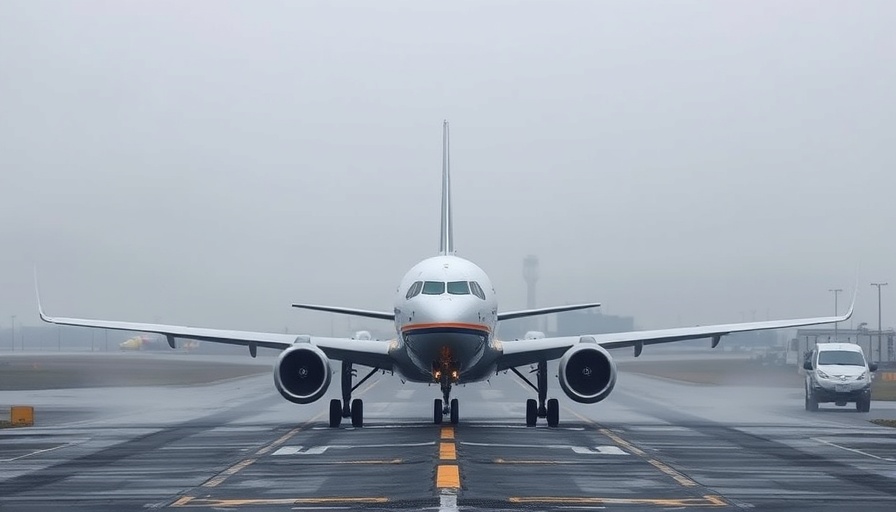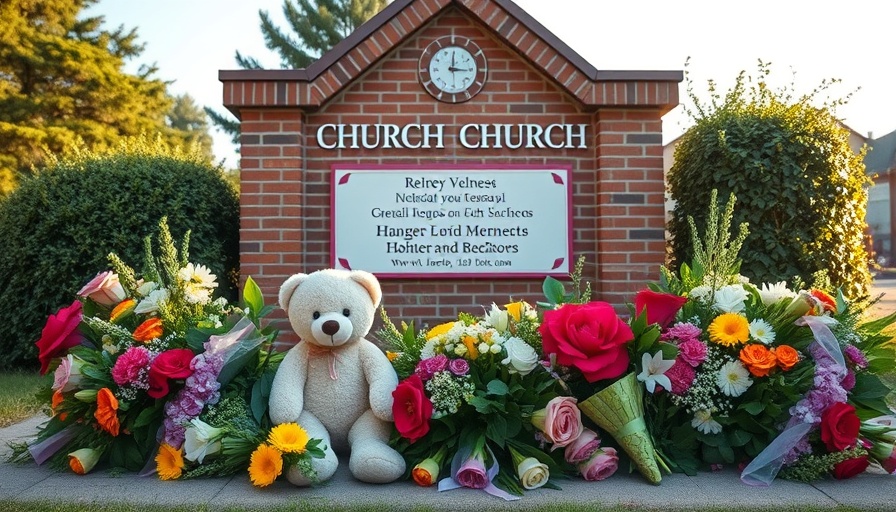
Air Traffic Control Systems Under Scrutiny
The recent incident where air traffic controllers at Newark Airport briefly lost radar access underscores a critical vulnerability in our national aviation infrastructure. This disruption not only poses immediate risks to flight safety but also raises questions about system reliability and the broader implications for air travel within the United States. As air traffic continues to become increasingly congested, the reliability of technology that supports this sector is more paramount than ever.
The Wider Implications of this Incident on Aviation Safety
Such failures in air traffic control systems can ripple through the aviation industry, affecting thousands of travelers and potentially leading to severe safety hazards. The incident at Newark is particularly alarming given the airport's status as a crucial hub for major airlines and its proximity to one of the nation's busiest metropolitan areas. Authorities must prioritize technological upgrades and the implementation of comprehensive risk management strategies to ensure the safety of passengers and crew across the board.
Comparisons to Historical Failures
This isn't the first time that air traffic management systems have faced scrutiny. For example, past incidents involving equipment failures have solicited widespread reforms in aviation protocols, particularly following the tragic implications of the 2001 and 2020 aircraft incidents. Learning from these instances can provide valuable insights as we navigate current challenges within our aviation infrastructure.
Technological Solutions and Future Development
Advanced technologies, such as artificial intelligence and improved radar systems, present promising solutions to enhance air traffic management. Innovations in machine learning can help predict system failures before they occur, enabling proactive measures to be instituted. However, these solutions require substantial investment and commitment from both government and private sectors. The ongoing debate in Congress around budget allocations for infrastructure expansion could significantly dictate the pace of these advancements.
Political Implications Surrounding Infrastructure Security
The issues surrounding air traffic controllers and equipment reliability are not merely technical—they are deeply entwined with political decision-making. Legislators face the challenge of addressing infrastructure failures while managing the pressures of lobbying from various sectors, including aviation, technology, and public safety advocacy groups. Any potential legislation that arises from this incident could become a litmus test for bipartisan cooperation in navigating national infrastructure policy.
Public Response and Need for Transparency
As interruptions become more frequent, public trust in the aviation system falters. Passengers expect transparency from relevant authorities regarding safety protocols, especially after events like the Newark incident. This gap in communication can deteriorate public confidence and voter sentiment regarding funding decisions in Congress relating to aviation safety, infrastructure development, and the role of the Federal Aviation Administration.
Conclusion: A Call for Action
To mitigate future incidents, we call upon policymakers to prioritize aviation safety through investments in technology, comprehensive risk evaluation methods, and transparent public communication. The vitality of air travel for both the economy and personal mobility demands no less. As we look forward, it's critical that our leaders in Congress and related agencies recognize the pressing need to refine and enhance our national air traffic control systems.
 Add Row
Add Row  Add
Add 




Write A Comment